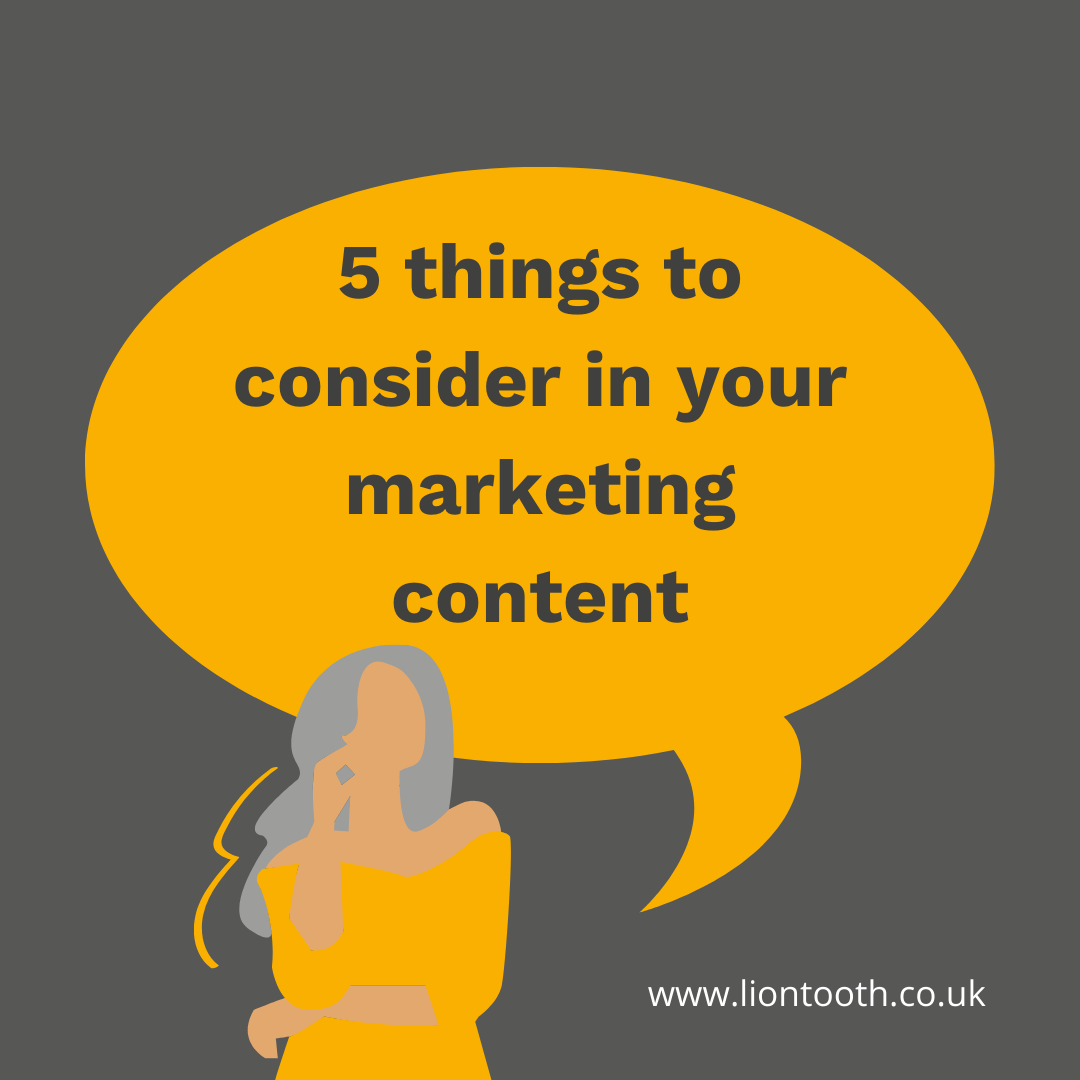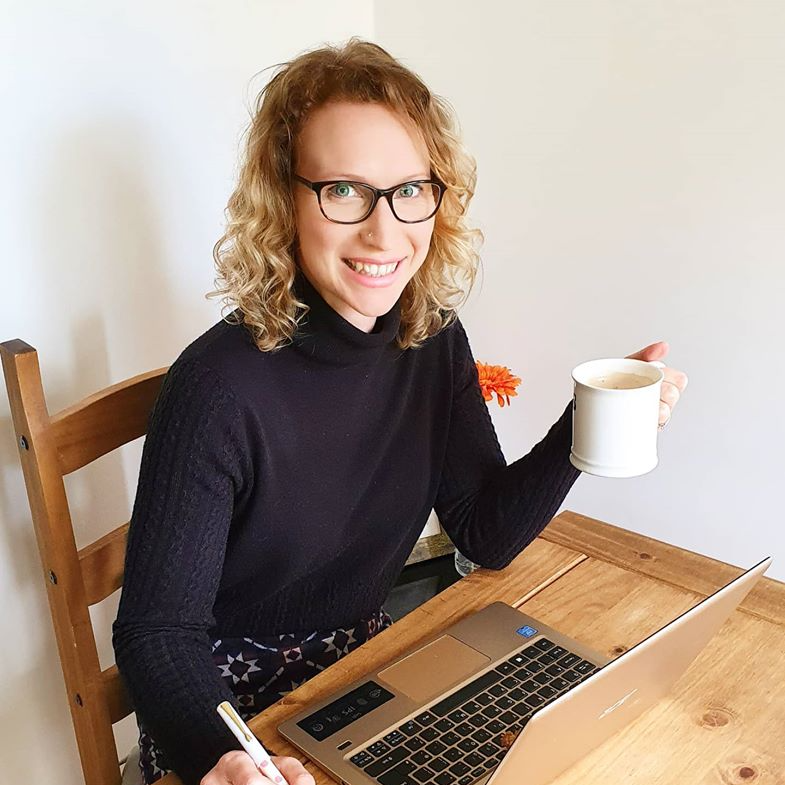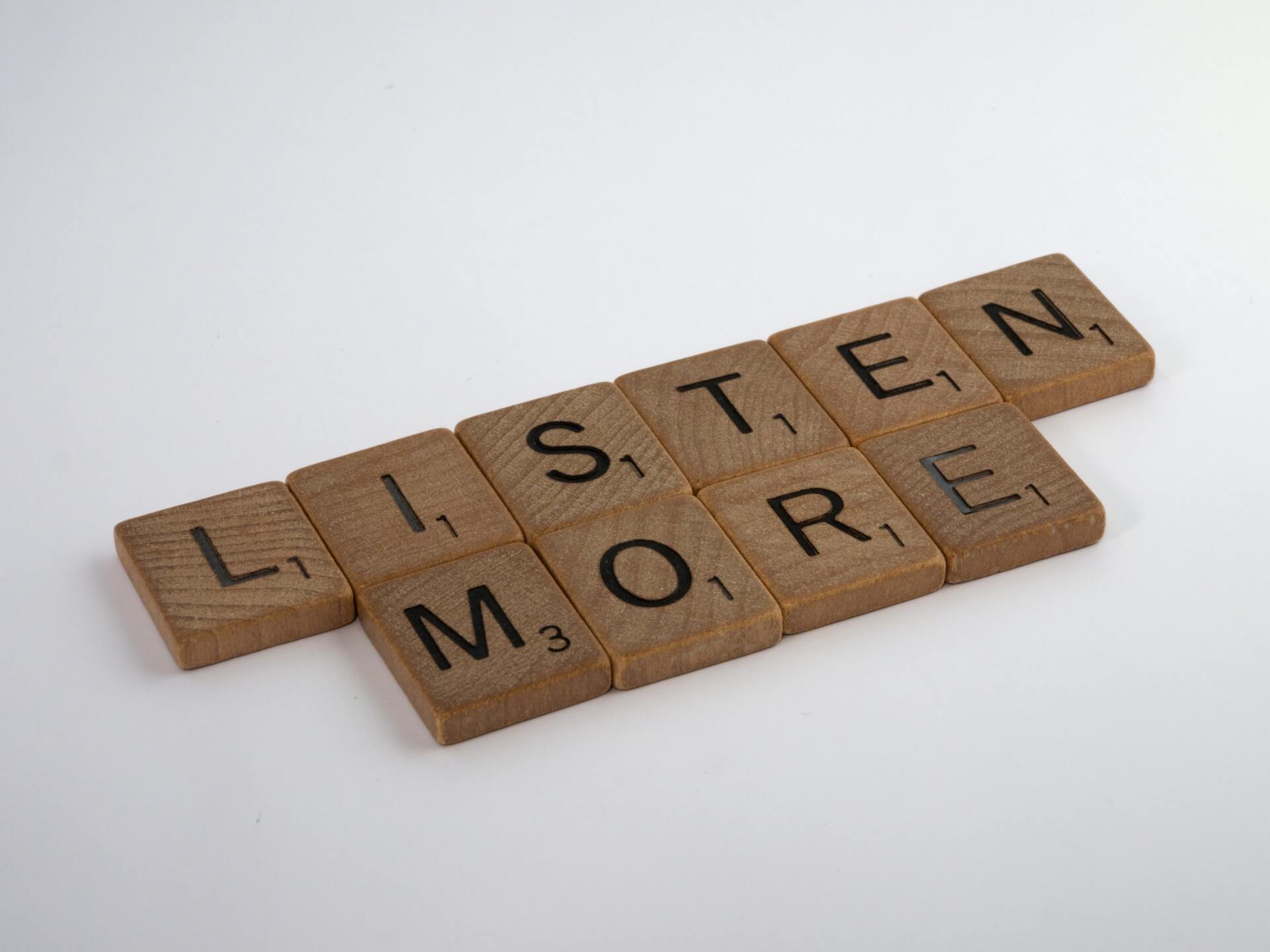Behind The Scenes
- By Lisa Ellison
- •
- 20 Nov, 2020
- •
Give a little insight and make yourself relatable. People want to work with people, not robots.

What’s the
point in showing what goes on behind the scenes in our business?
That’s not
relevant. No one cares about that, they just want their product or service to
be the best quality and delivered in a timely manner. Nothing else is relevant.
Sort of true.
BUT what if you do show a little more?
Think about your relationships with friends and family. If you open up a little more, do you not feel those relationships strengthen? Barriers come down, more honest and open conversations occur, trust is built and they become your ‘go-to’ person.
Wouldn’t it be great if you could do the same with customers and clients? Become their go-to brand?
It can seem unnecessary and too revealing, some may say over the top and unprofessional but it doesn’t have to be any of those things. Make sure your behind the scenes content is considered. Don’t share a video or photos without doing a quick scan of what else is in the shot – is it going to give away anything you wouldn’t want to be made public knowledge? Consider and plan what you’re going to say in your videos. Who is going to speak and what will they say?
If you work in a medium or large business, make the most of having a team or multiple teams of people. Get everyone involved. Your audience will likely know who your sales and customer services teams are but have they only ever heard their voice on the end of the phone? Have they seen what they look like?
- Do they know that your head of customer service is a 65 year old man who’s an absolute yoga king? That’s an interesting little nugget of information.
- Do they know your head of sales is a 22 year old woman that’s champion weight lifter for Great Britain? That’s a conversation starter.
This sort of information is fun, interesting, breaks down barriers and makes people want to open up conversations with you. Take your audience on a behind the scenes tour of your facility; whether that’s one big office (go to each desk and say "hi, what’s your name and what do you do?") or a multi-floored building with production (walk around and show how things are made and who’s making them). If you have an office pet, do a daily feature on ‘the life of bob the cat’ – what antics is he up to today?
If you work on your own or with a business partner from a home office, share what your day to day life is like. Share your hints and tips on achieving a work-life balance:
- How do you stay active?
- How do you not spend all day with your head in the fridge?
- Do you have a pet that acts as a foot warmer?
- Are you studying whilst working?
- What books do you read to relax or grow your knowledge?
- How do you unwind?
- Are you juggling different thinking caps throughout the day – parent, carer, boss, dog walker.
Give a little insight and make yourself relatable. People want to work with people, not robots.
There is always something of interest to be shared and you don’t have to lose your professional front in order to break down the barriers.
Keep reading for my top tips...

Tips:
· Keep it brief
· Keep it professional
· Keep it in your stories
· Be mindful of what’s in the background
· Make it relatable
· Keep it interesting
· Make it a conversation starter
· Ask questions
Remember, we’re all nosey by nature and to get a little sneak peek feels a bit naughty, a bit exciting and will make your audience want more.
We want engagement, we want conversations and we want opportunities.

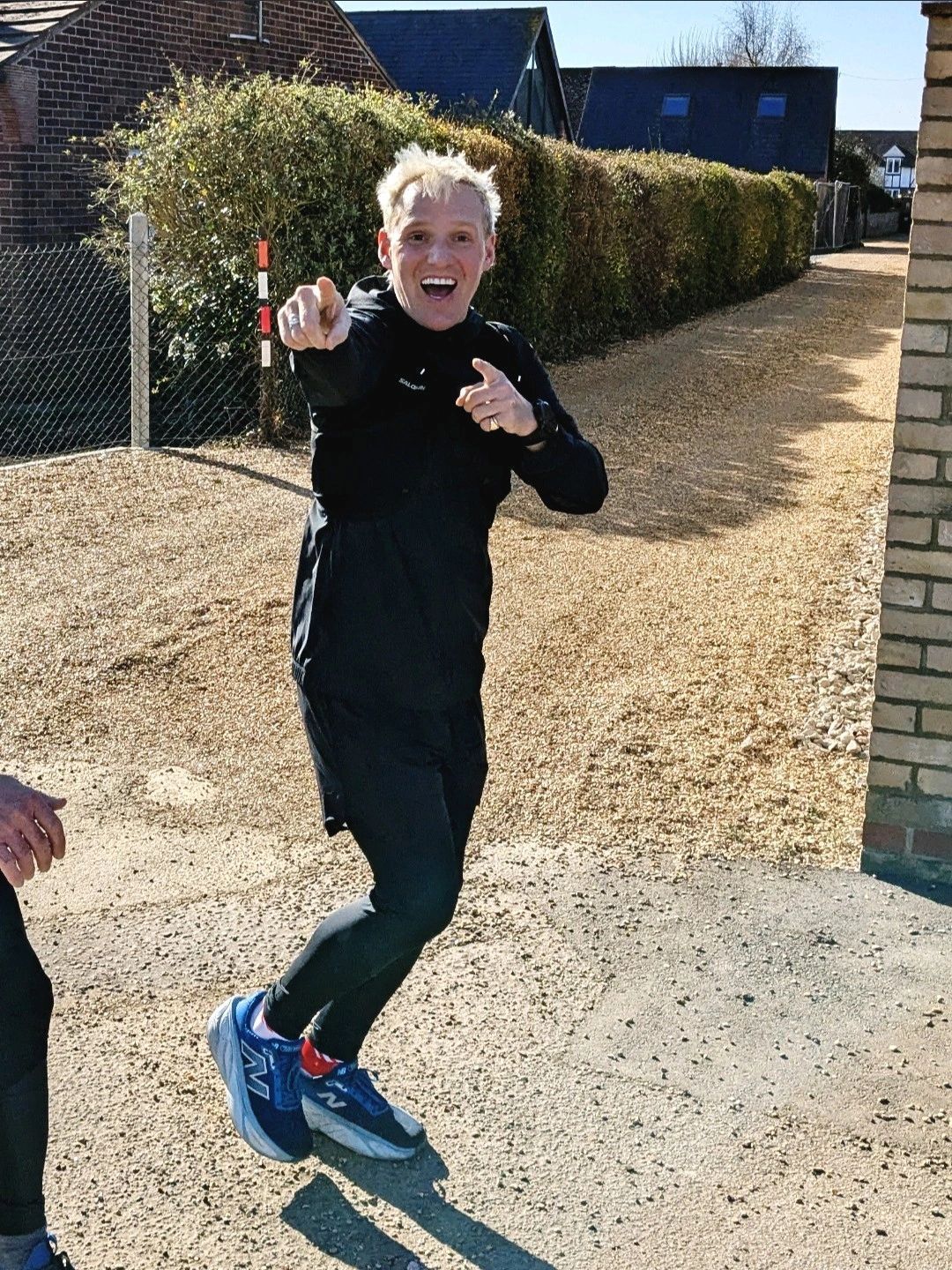
Jamie Laing - before you roll your eyes and scroll on, hear me out. (I know, the photo gave away my cliff hanger!) You may have been one of the 50,000+ people that saw my LinkedIn post last week, very much a throw away passing comment, essentially, to say I drove past Jamie Laing on my way home from the school run whilst he was on his fundraising mission for Children In Need.
I followed the story closely last week, quite hooked on his progress and whether or not he would make it. I'm not a celebrity-obsessed person and I rarely engage with anything celebrities do but last week was different and I'm sure I'm not the only one. I believe that many people didn't know he was even embarking on that challenge until last week - I didn't and I listen to Radio 1 daily! I also believe there's a lot of people that either don't know who Jamie Laing is or do know and don't particularly like him - we can't please everyone!
So, what was it about his fundraising effort that gripped the nation and led to him raising over £2m?! It's all about the story. And *this* is a great example of marketing done well - with an emphasis on storytelling and humanising your brand. His fundraising effort, backed by BBC Radio 1 coverage, provides a perfect case study on the power of storytelling in marketing. His journey emphasised his struggle, determination, vulnerability and honesty and that played a pivotal role in engaging the public emotionally and driving donations. If his personal narrative hadn’t been shared so openly, it’s unlikely that such a significant amount would have been raised.
This is something I've also experienced in fundraising efforts that I've been involved in and it makes all the difference but it takes strength to be vulnerable, and I'll always admire those who found the strength to tell their story (you know who you are 💛).
Here's what we can learn about the value of storytelling in marketing:
Emotional connection drives action : Jamie's story wasn't just about asking for donations; it was about sharing his personal experience and struggles throughout last week. People are more likely to connect with a cause when they can empathise with the storyteller. In marketing, emotional engagement creates a bond between the audience and the brand, making them more likely to engage.
Vulnerability builds trust : By being honest and vulnerable about his efforts and the challenges he faced, Jamie Laing built trust with the Radio 1 listeners. Vulnerability *humanises* a brand. In marketing, being transparent and acknowledging (and addressing!) flaws can enhance credibility and build a stronger, more authentic relationship with consumers.
Narrative creates value : Jamie Laing didn’t just promote an event, he shared a compelling and authentic story about his commitment. In marketing, your story can be the difference between blending in and standing out. Crafting a narrative around your brand or product creates meaning, making it more likely to stick in the minds of consumers.
Great - now how can you implement this in your marketing?
If you have ever worked with me, you'll have heard me going on about the importance of authenticity. This applies to everything from branding to customer service. If a brand is transparent about its processes, challenges and goals, customers are more likely to engage and support it.
Emotion drives engagement - whether it’s a product, service or cause, storytelling can create an emotional connection that compels action.
Consistent storytelling over time, where customers can see growth and commitment, helps keep them invested.
So basically, Jamie Laing’s Children In Need campaign demonstrated that storytelling - driven by vulnerability, determination and honesty, was the key to the level of success in his fundraising last week.
For marketers, it highlights that connecting with people on an emotional level, telling authentic stories and leveraging the right platforms can make all the difference in achieving success.
It can feel difficult to build emotion into corporate marketing but there's ALWAYS room to be human.
Does your brand feel a bit fuzzy? Let’s fix that.
The Define & Align Workshopis designed to bring clarity, structure and purpose to your brand- fast.
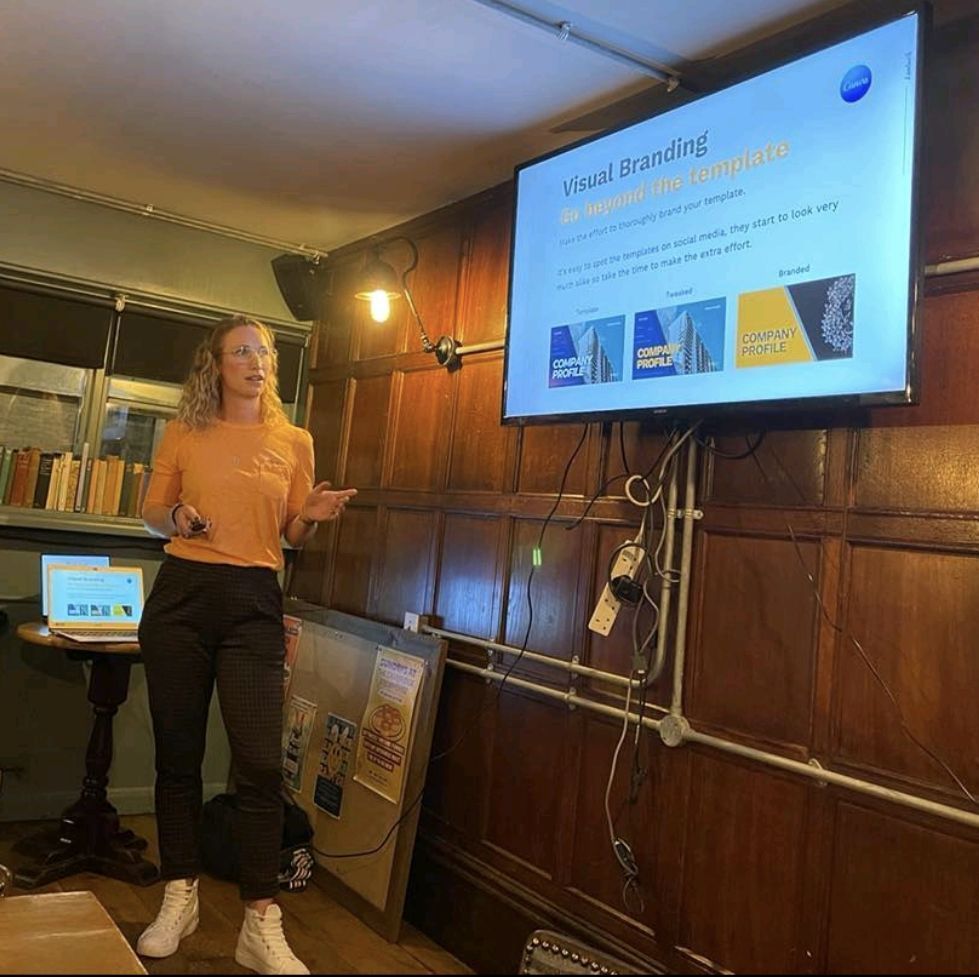
Sometimes I'll get a message to my inbox referencing my marketing agency
👀 God no! I'm
not an agency! No
. Sorry, no.
I'm a 1.5-person band. (The other half is my husband who's a silent partner, providing the incredible design skills). I don't want to be thought of as a marketing agency. For me it has connotations of frustration, waiting, chasing, and to be fair, more often than not incredible results but still.
I'm a no-nonsense , to the point communicator .
I like to be efficient and get stuff done and that includes getting results for my clients . I like the fact I'm basically flying solo with this, it's easy. It's straightforward. It's DONE.
Let me give you context and insight...
I have experience with agencies from BOTH sides - I've been the client AND the service provider. Honestly, I had challenges with both. See if anything sounds familiar:
From a client perspective , my biggest frustrations were always...
- The huge bill. Sorry guys, I always found it eye watering even though I wasn't paying!
- Not being able to get hold of my point of contact and waiting whilst others frantically ran around trying to get answers for me.
- I felt bad for (and frustrated about) the person playing piggy in the middle. I couldn't speak to Studio to get answers or explanations about design issues/challenges/restrictions. Information was often lost in transit.
As the service provider , (for me) these were my biggest frustrations...
- There too many systems and processes that got in the way of me just getting on and providing the level of service I wanted to.
- Too many other cogs in the wheel slowing down the process.
- Too many hoops to jump through and restrictions.

